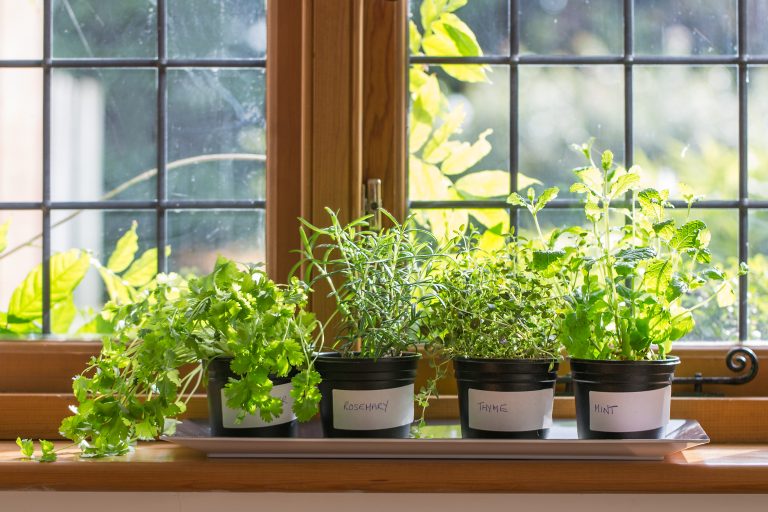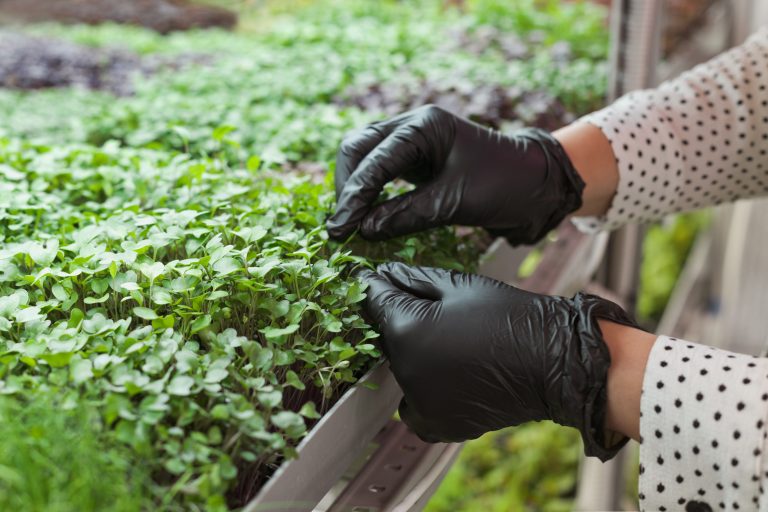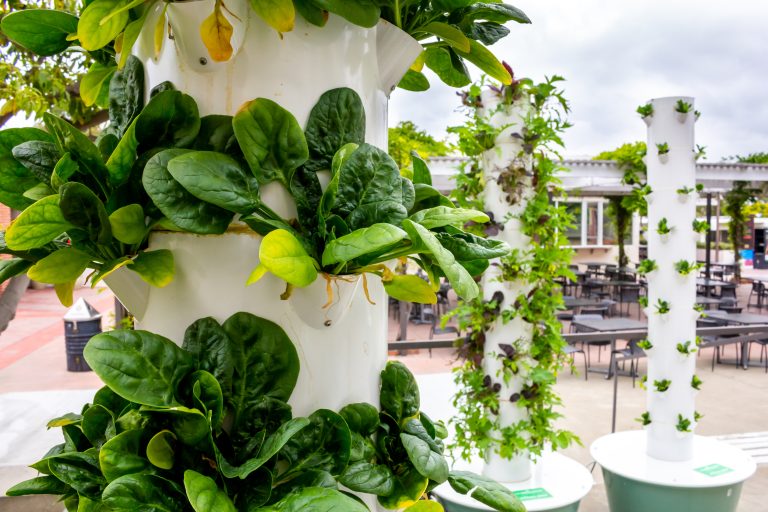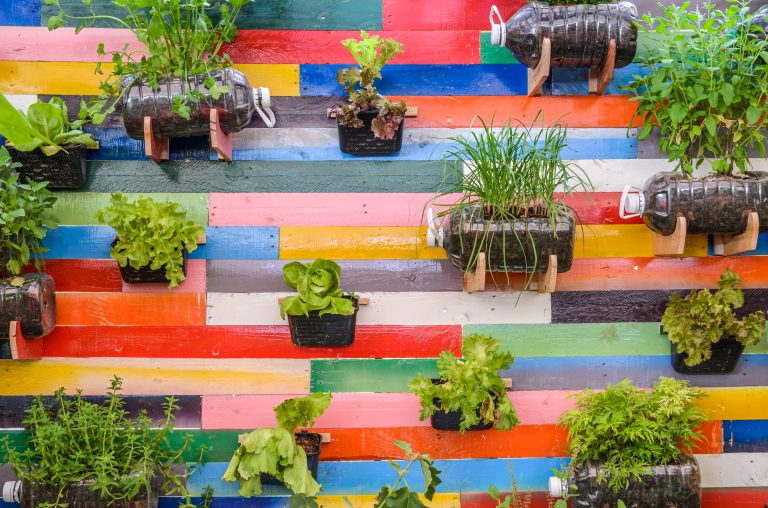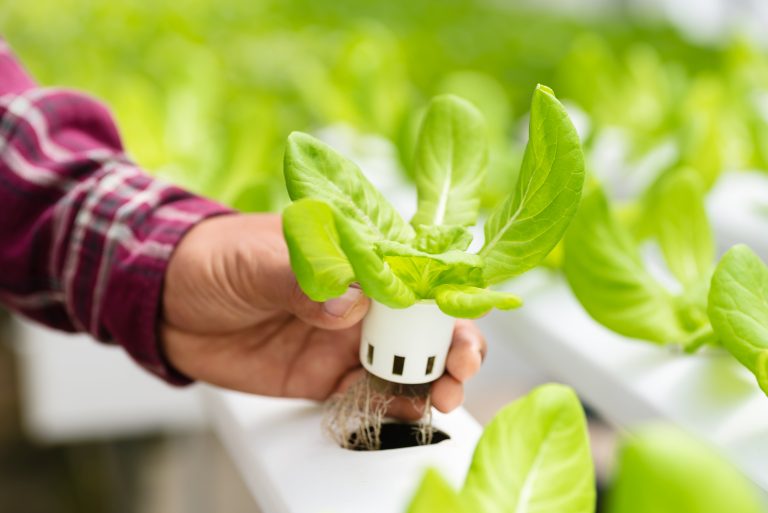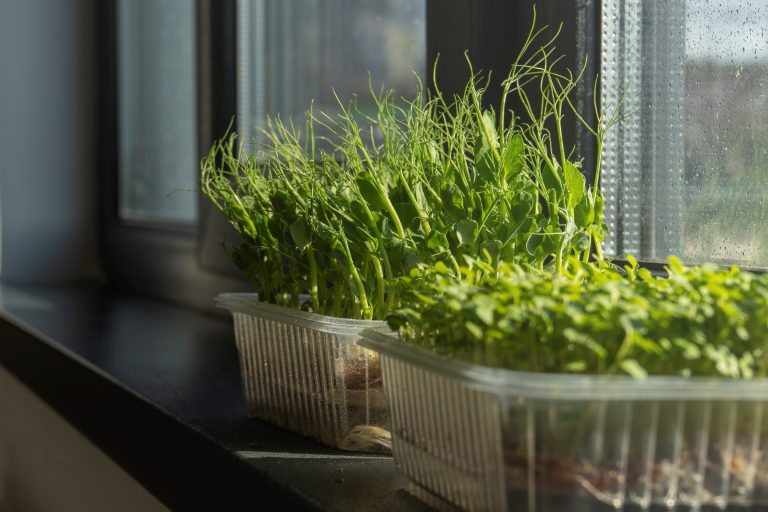7 Key Intervals for Cleaning Your Hydroponic Garden
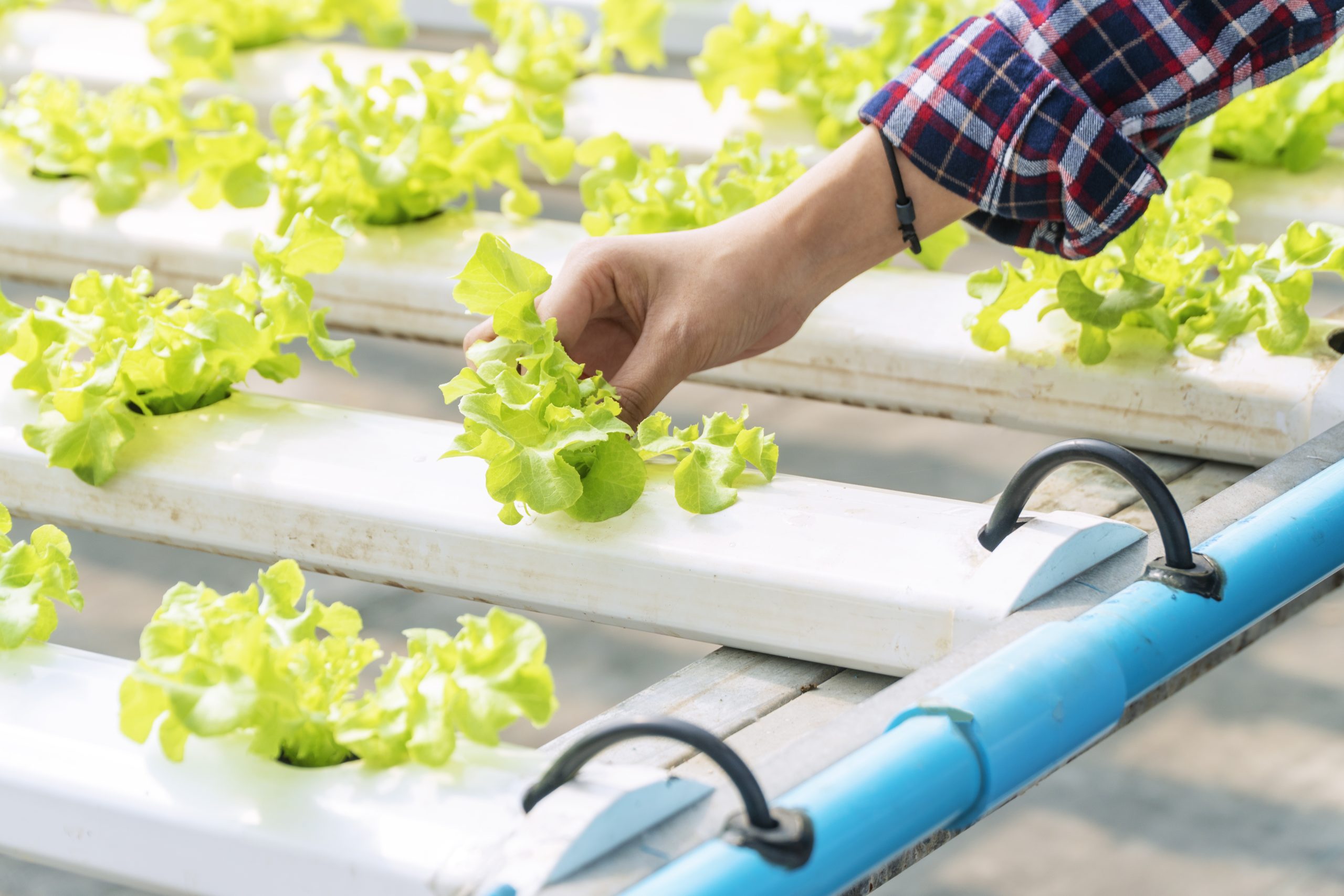
Welcome to the green-fingered world of hydroponic gardening, where cleanliness is not just next to godliness—it’s essential for your plants’ survival! Let’s dive into the nitty-gritty of keeping your hydroponic system spick-and-span with a routine that’s as vital as the nutrients you feed your leafy charges.
In hydroponic gardening, cleanliness is crucial for disease prevention, optimal nutrient uptake, and robust growth. Similar to maintaining a high-performance engine, regular cleaning ensures smooth operation. Clean systems yield healthier plants, while neglect invites problems like clogs and bacterial outbreaks, leading to root rot.
Thankfully, keeping your hydroponic garden clean isn’t overly complex. By establishing a consistent cleaning schedule, you can maintain a thriving ecosystem with ease.
1. Daily Observations & Minor Cleanups
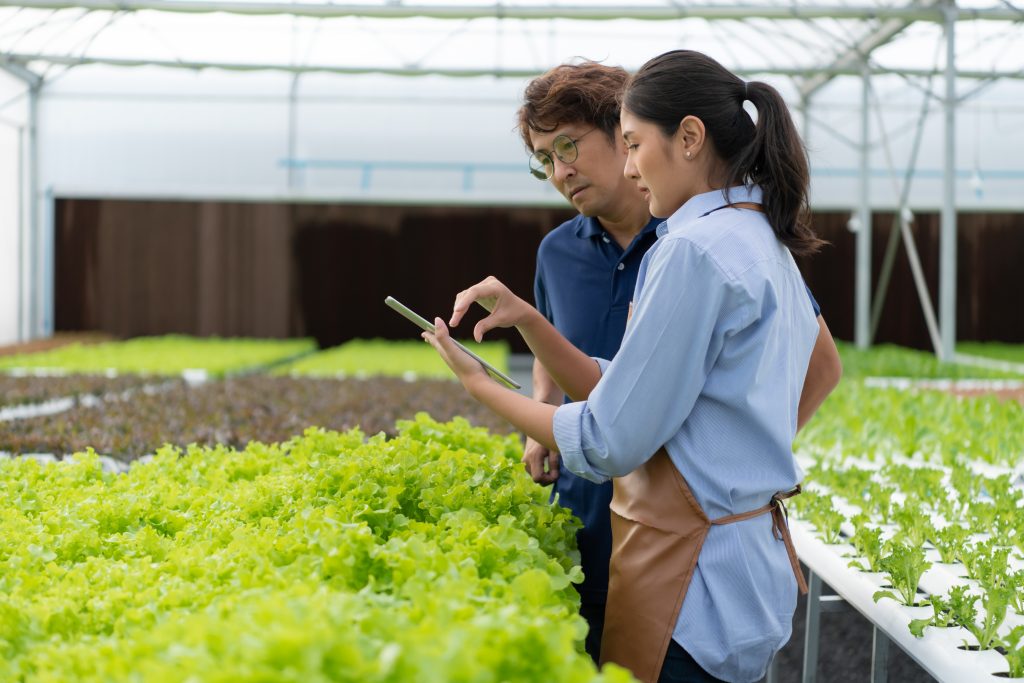
Every day, as you admire your growing greens, keep an eye out for any early signs of trouble. Yellowing leaves? Time to check the pH levels. Algae beginning to throw a rave on your grow trays? It’s probably time to block out some of that light. Daily observations are your first defense against potential issues.
Hey hey! Don’t forget to subscribe to get our best content 🙂
I like to start my day with a cup of coffee in one hand and a soft cloth in the other, gently wiping down surfaces to prevent dust and dirt accumulation. It’s therapeutic, really, and it gives me a chance to bond with my plants. (They’re great listeners, by the way.) Minor cleanups also involve removing any fallen leaves or debris, which could harbor pests or disease.
Remember, your plants are like your pets; they need daily attention. A quick once-over, coupled with some tender loving care, can go a long way in preventing larger issues. It’s all about being proactive rather than reactive—something my plants thank me for with their vibrant growth.
2. Weekly Maintenance: Root Checks
Once a week, roll up your sleeves—it’s time to get intimate with your plants’ roots. Gently lift them from the nutrient solution and check for any signs of discoloration or sliminess, which can indicate root rot or other issues. Healthy roots should be white or cream-colored and firm to the touch.
This is also the perfect time to check the water level and top it off if necessary. Roots need to breathe, and an optimal water level ensures they’re not drowning or gasping for air. Think of it as giving your plants a weekly health check-up; it’s a preventative measure that can save you a lot of headaches down the line.
During this weekly ritual, I also like to trim any dead or dying roots. It’s like giving your plants a little haircut to help them focus their energy on the healthy parts. Plus, it keeps the system running smoothly, much like cleaning the lint trap in your dryer (but way more satisfying).
In the video, Urban Scape Gardening explains –
Urban Scape Gardening
- Farmstand Nook Setup: Ensure proper setup of your Farmstand Nook, especially during the initial installation or after a reset, by filling the tank to about 2/3 capacity.
- Water Refilling: Regularly refill the Farmstand Nook’s tank with water, reaching the maximum fill line after adding nutrients.
- Nutrient Dissolution: Dissolve nutrients A and B in warm water before adding them to the tank, ensuring they are fully dissolved for optimal plant nutrition.
- Lettuce Grow App: Access expert advice and recommendations for your Farmstand Nook through the Lettuce Grow app, available on both IOS and Android App Store.
- pH Testing Importance: Regularly test the pH levels of your Farmstand Nook’s water to maintain an ideal range for plant growth.
- pH Pen Calibration: Calibrate the pH Pen, especially if it’s the first time or after a long period, by referring to the calibration video before testing.
- pH Testing Procedure: Collect a water sample from the Farmstand Nook, stir it gently in the pH test scoop, and use the calibrated pH Pen for an accurate reading.
- Ideal pH Range: Aim for a pH range of 5.5 to 6.0 for optimal plant health in the Farmstand Nook.
- pH Adjustment with pH Down: If the pH is above 6.0, use liquid pH Down to adjust it, starting with a small amount and gradually increasing if needed.
- Caution in pH Adjustment: Adjust pH slowly, especially if the deviation from the ideal range is not significant, and monitor the effects by testing again after allowing the pump to run for a few minutes. Adjustments should be based on the specific needs of your water.
3. Biweekly System Flush & Nutrient Refresh
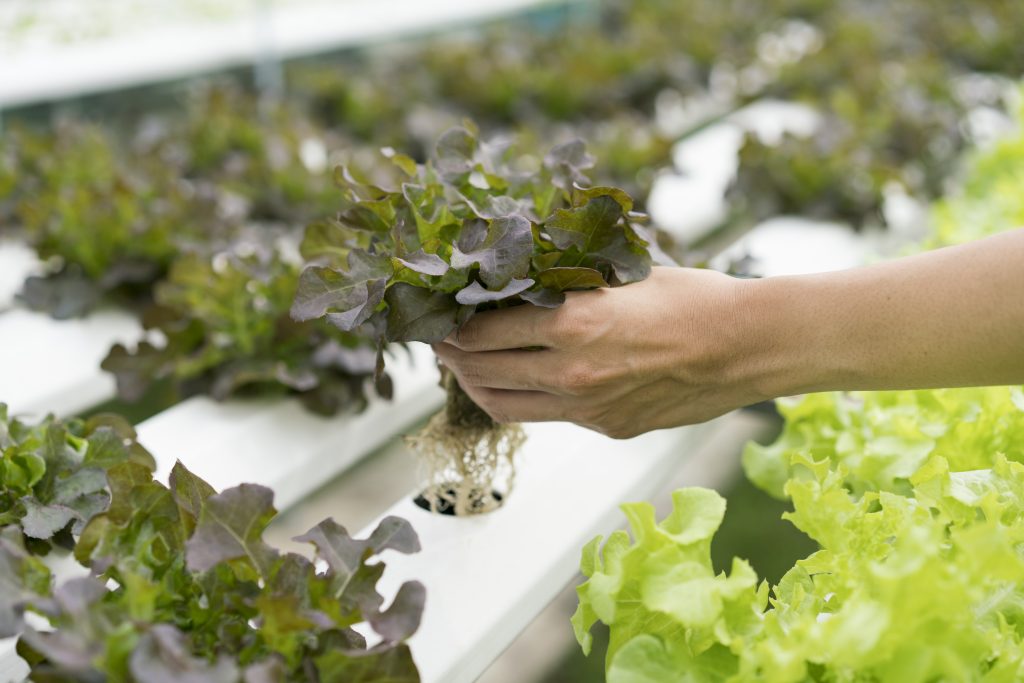
Every two weeks, it’s time to flush out the old to make way for the new. A full system flush involves draining all the nutrient solution, giving the system a good rinse, and then refilling it with a fresh, balanced nutrient mix. This prevents salt buildup and ensures your plants are getting all the good stuff they need.
Refreshing the nutrients also gives you a chance to adjust the pH and EC (electrical conductivity) levels. It’s like resetting the clock, giving your plants a fresh start. I always find this step particularly rewarding—it’s a bit like changing the sheets on your bed. There’s just something about fresh nutrients that makes the plants perk up and say, “Ah, that’s the stuff!”
Don’t forget to clean out any filters and check the pumps during this time. You want to make sure nothing impedes the flow of your nutrient solution because, in the world of hydroponics, flow is king. A smooth flow means happy roots and happy roots mean happy plants.
4. Filter & Pump Inspections
Mark your calendar because once a month, it’s time to get technical with filter and pump inspections. These components are the heart and veins of your hydroponic system, and they need some TLC to keep the lifeblood—aka the nutrient solution—circulating without a hitch.
Filters can get clogged with all sorts of gunk, from plant debris to mineral deposits. A clogged filter is like trying to breathe through a straw—a frustrating experience for both you and your plants. Cleaning or replacing filters ensures that your system can breathe easily and function at its best.
Pump inspections are equally crucial. Listen for any strange noises or look for performance issues. A struggling pump can mean the difference between a thriving garden and a wilting one. I’ve learned the hard way that a little preventive maintenance can save a lot of future grief (and money).
5. Quarterly Deep Cleans for Growth Media
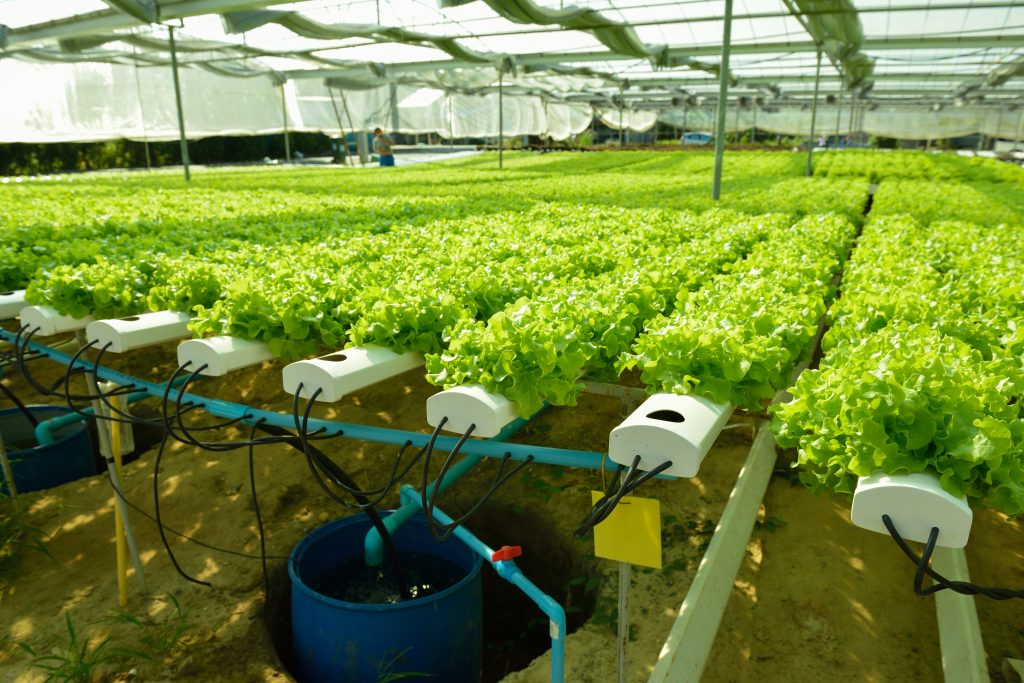
Every three months, it’s time to get down and dirty with a deep clean of your growth media. Whether you’re using clay pebbles, rock wool, or another medium, they can become a haven for pathogens if not cleaned regularly. This is where the elbow grease comes into play.
Remove the growth media and soak, scrub, and rinse it thoroughly. If you’re using a reusable medium, make sure it’s completely clean before putting it back in the system. It’s a bit like exfoliating your skin; you’re getting rid of the old, dead cells to make room for new, healthy growth.
For those of you using rock wool, remember that it’s not reusable, so this is the time to replace it. I always feel a twinge of excitement when I introduce fresh media to my system—it’s like setting the stage for the next act in my garden’s ongoing production.
6. Semi-Annual System Overhauls
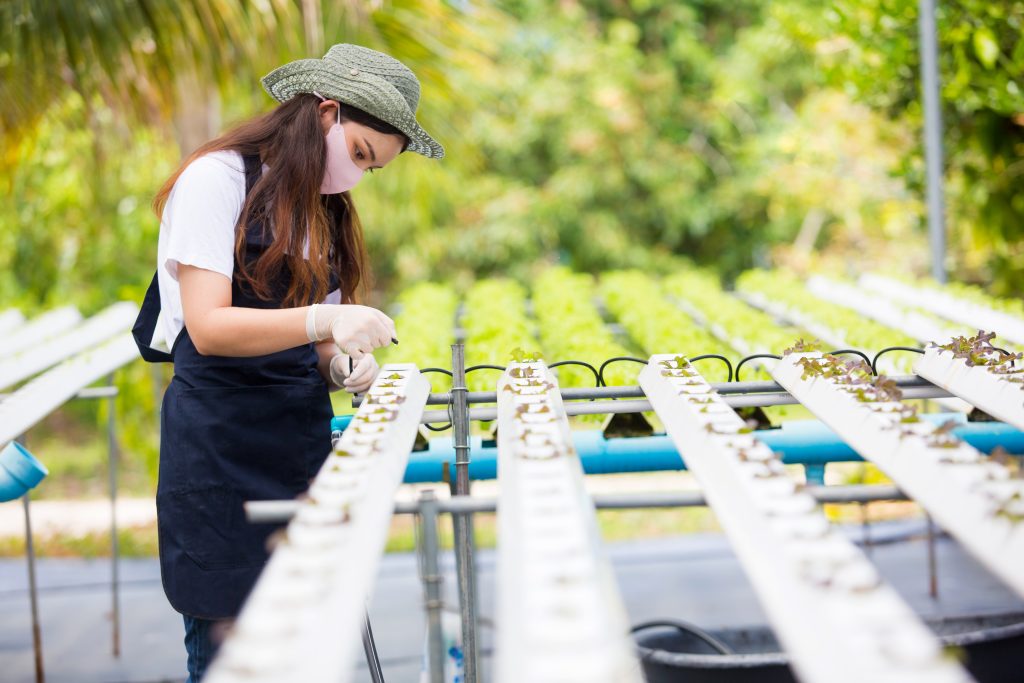
Twice a year, your hydroponic system deserves a full spa treatment—an all-out overhaul where you take everything apart, clean it, and put it back together. It’s a big job but think of it as a renewal ritual that keeps your garden thriving.
This is when you clean every nook and cranny, inspect all the parts for wear and tear, and make any necessary repairs or replacements. It’s also a good time to reflect on your system’s performance and make any tweaks to improve efficiency.
I usually set aside a whole day for this task, turning up my favorite tunes and getting into the zone. It’s incredibly satisfying to see everything shiny and running like new again. And the plants? They love it. They seem to sense that everything is fresh and clean, ready for another season of growth.
7. Yearly Replacement of Essential Components
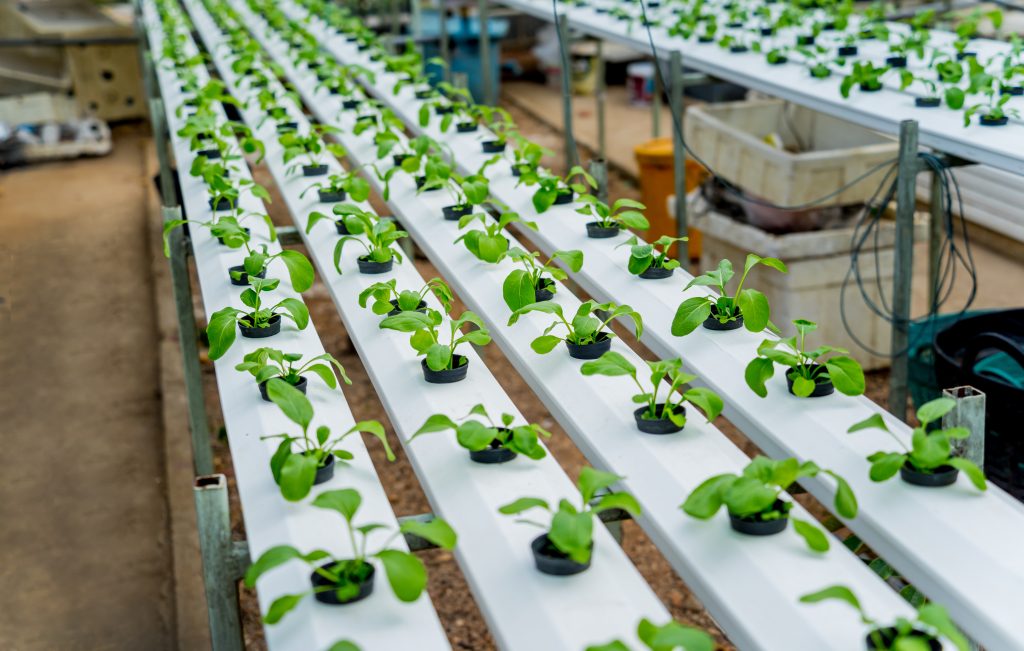
Just as we ring in the new year with resolutions, so too should we commit to replacing essential components of our hydroponic systems annually. Some parts, like air stones and tubing, can degrade over time and affect the system’s performance.
It’s also wise to consider updating your lighting system and sensors if they’re not functioning as efficiently as they once did. Technology is always advancing, and staying up-to-date can mean more robust growth and yields for your plants.
As I swap out old parts for new ones, I can’t help but feel a sense of renewal and anticipation for the year ahead. It’s a fresh start for both me and my green friends, promising another cycle of growth, challenges, and, of course, bountiful harvests.
Custom Schedules for Specific Plants
Not all plants are created equal, and neither are their cleaning needs. Some plants, like lettuces, may require more frequent water changes due to their rapid growth, while others, like herbs, might be more forgiving. It’s important to tailor your cleaning schedule to the specific needs of your plants.
For example, fruiting plants often have more substantial root systems and can produce more waste. They might benefit from a slightly more aggressive cleaning schedule. On the other hand, delicate seedlings won’t need as much intervention.
In my experience, keeping a close eye on your plants and adjusting your routine accordingly can make all the difference. It’s a bit like being a plant detective, deciphering the clues they give you to keep them in top form.
Maintaining Records & Cleanliness Logs
If you’re not keeping a garden journal, you’re missing out on a powerful tool. Recording, when you perform each cleaning task, not only helps you stay on schedule but also provides valuable insights into what works best for your garden.
Logs can help you spot patterns or issues that may not be immediately apparent. Did your yields increase after you tweaked your cleaning routine? Are certain plants consistently giving you trouble? Your records hold the answers.
I’ve found that looking back on my garden logs is not just practical; it’s also a walk down memory lane. It’s a record of my journey as a gardener, filled with trials, triumphs, and the occasional facepalm moment. But hey, that’s how we learn, right?
By sticking to this cleaning schedule, you’ll ensure your hydroponic garden is the picture of health, year-round. Remember, a clean garden is a productive garden, so roll up those sleeves and show your plants some love—it’ll be returned tenfold in fresh, delicious produce. Happy gardening!

